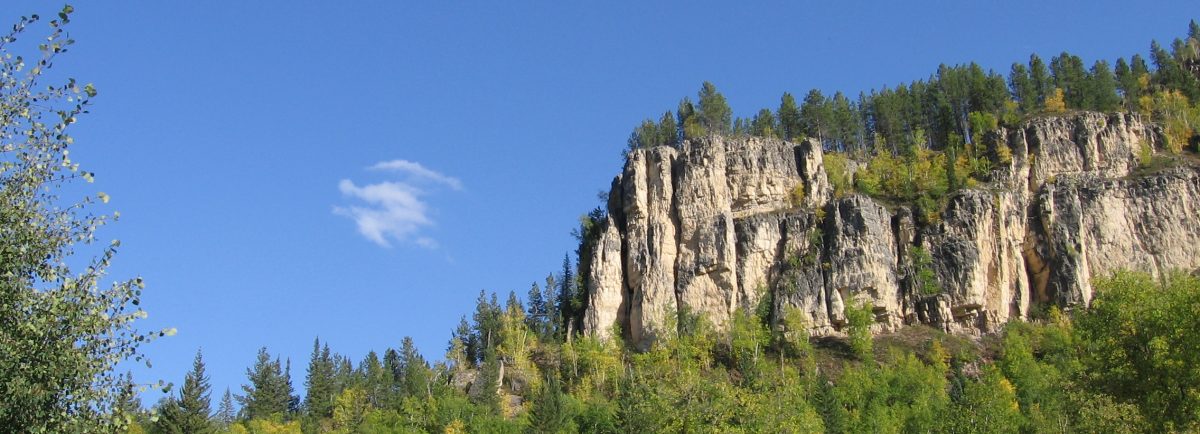 Ruth 3:1-2
Ruth 3:1-2
The Bible is a book about the story of God’s glory in Jesus Christ our Lord. Christ is the theme of the Bible, the Book of books; it is the masterpiece of literature, and presents him in various ways. Many books tell the story-line of how God prepared for the coming of his Son through the line of Abraham and David the King. Some books provide prophesies of his coming, like Isaiah and Micah. The Four Gospels tell us what he did when he came. The New Testament letters explain what Christ accomplished in his death on the cross and resurrection and ascension. Many books in the Old Testament Scriptures present him through what the Bible calls “types and shadows” (cf. Hebrews 10:1). For example, the tabernacle and sacrificial system of the law covenant are pictures of Christ and what he would accomplish.
One of the types or shadows of Christ is that of the kinsman-redeemer. In the law or old covenant God gave the Promised Land to the tribes of Israel as their inheritance. But since people live in a world cursed because of human sin, sometimes people in Israel would lose their inheritance through debt, death or other troubles of life. However, God had set Israel free from bondage in Egypt and wanted them to live free from bondage. For this reason, he set up the plan of a kinsman-redeemer, who would set his relatives and their land free again. For the task of the kinsman-redeemer during the law covenant, refer to our previous article.
The story of Ruth now turns upon this concept of the kinsman redeemer: the one who could set Ruth and Naomi free and restore their family in Israel. Without a kinsman-redeemer, Ruth and Naomi would slide into debt and slavery, and they needed an heir who could possess the land that God had given to the family of Elimelech. Boaz is a close relative and so able to be the kinsman-redeemer. But will he do it? He had a number of legal loopholes to allow him to escape this function. To mention one, Ruth was a Moabite, not an Israelite, and the law said nothing about redeeming a Moabite. Yet we want to see more than this. Since the Bible is about the Lord Jesus Christ, we want to see how Boaz serves as a type or shadow of Christ. To do this, we need to know more about this idea of a kinsman redeemer. Naomi wants Ruth to “find rest” (3:1; cf. 1:9) in marriage, perhaps to Boaz. We all need to “find rest” in union to Christ the redeemer.
The idea of a redeemer develops from God’s plan to set a people free from bondage for him. God desires freedom for his people!
God decided to make himself known to Israel as the Lord who redeems (Exodus 6:6-8).
- God saw their terrible condition—cruel bondage in Egypt.
- God determined to do everything necessary to secure their release—outstretched arm and great acts of judgment.
- God chose to make them his people—the basic promises of the covenant.
- God promised them an inheritance—the land as their possession.
Christ did all this for us in a better way. He saw us in bondage to sin, died on the cross to secure our forgiveness, made a new covenant with us, and will give us a new heaven and earth.
God continued to reveal himself as Redeemer throughout the Old Testament Scriptures.
- The teaching of the psalmists: Who is the God we worship? Psalm 19:14; 69:18; 72:12-14; 77:14-15; 103:1-4; 106:10; 107:2-3
- The teaching of Isaiah: What great purpose is God pursuing? Isaiah 41:11-14; 43:14; 44:6-8, 24-26; 47:4; 48:17; 49:25-26; 54:5-8; 59:20; 60:16; 63:16
- The teaching of Jeremiah: Where can we find hope when everything around us is crumbling? Jeremiah 50:33-34
The story of Ruth reveals how the Lord God wove the idea of redemption into the line of David. The kinsman-redeemer of all the people groups of the world would be the King, Jesus Christ.
When you know God as Redeemer, you can think of God this way:
- As the God who stands by the oppressed
- As the God who calls captives to freedom in his covenant family
- As the God who actually sets people free and gives hope
Grace and peace, David
